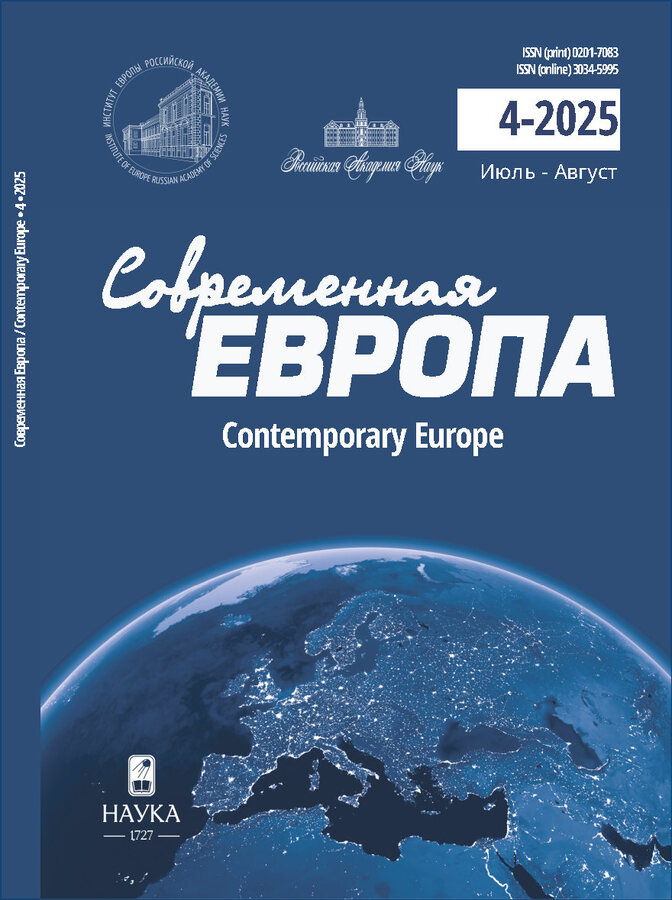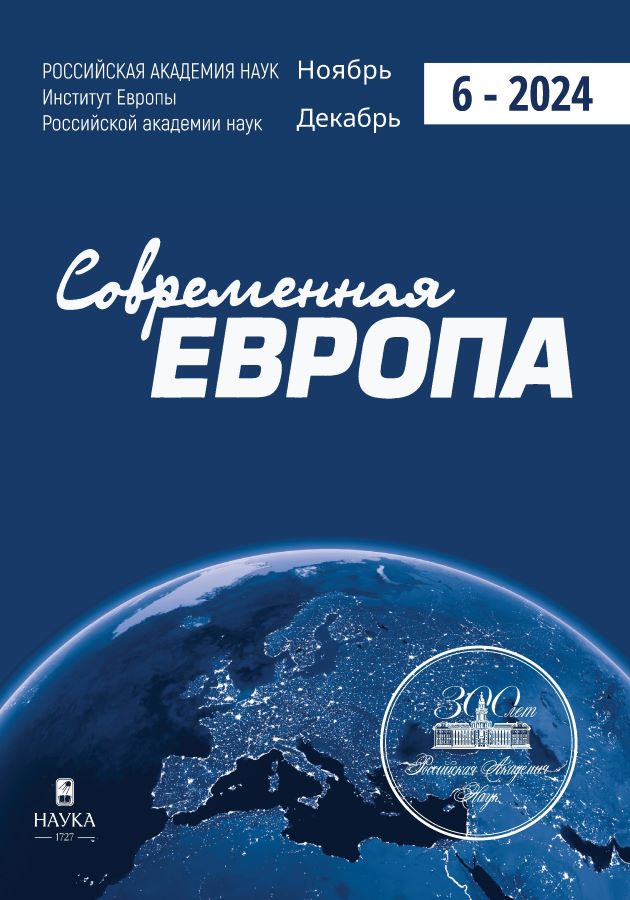НЕРАВЕНСТВО И БЕДНОСТЬ В ЦИФРОВУЮ ЭПОХУ
- Авторы: ГОФФЕ Н.В1
-
Учреждения:
- ИМЭМО им. Е.М. Примакова РАН
- Выпуск: № 6 (127) (2024)
- Страницы: 179-190
- Раздел: СОЦИАЛЬНАЯ СФЕРА
- URL: https://ter-arkhiv.ru/0201-7083/article/view/652307
- DOI: https://doi.org/10.31857/S0201708324060160
- ID: 652307
Цитировать
Полный текст
Аннотация
В результате технологической революции происходит удвоение реальности, в которой действует современный человек. Многие ресурсы, виды деятельности, государственных и частных услуг переходят в виртуальную среду. Наряду с привычными для людей явлениями окружающего мира возникают их цифровые разновидности, тесно взаимодействующие со своими аналогами из реальной жизни. Статья посвящена цифровому неравенству и цифровой бедности, эволюции подходов к их изучению в отечественной и зарубежной академической литературе. Сделан вывод, что теории, объясняющие их существование, органически дополняют друг друга, давая представление о необходимых и достаточных условиях полноценного участия человека в жизни сетевого общества. Охват новыми технологиями различных слоев населения не был равномерным. Особое внимание в статье уделено факторам, мешающим незащищенным слоям населения внутри Евросоюза в полной мере воспользоваться преимуществами технологических нововведений и полноценно участвовать в жизни общества. Разделение общества на вовлеченных в цифровом отношении и аутсайдеров большая социальная и политическая проблема, с которой человечеству придется иметь дело в ХХ1 веке.
Ключевые слова
Об авторах
Н. В ГОФФЕ
ИМЭМО им. Е.М. Примакова РАН
Email: nina-goffe@yandex.ru
Кандидат экономических наук Ведущий научный сотрудник Центра сравнительных социально-экономических и политических исследований Москва, Россия
Список литературы
- Вартанова Е, Гладкова А. (2021) Цифровое неравенство, цифровой капитал, цифровая включенность: динамика теоретических подходов и политических решений. Вестник Московского Университета. Серия 10. Журналистика. № 1. С. 3-29. doi: 10.30547/vestnik.journ.1.2021.329
- Вартанова Е.Л. (2018) Концептуализация цифрового неравенства: основные этапы. МедиаАльманах. № 5. C. 8-12. doi: 10.30547/mediaalma
- Говорова Н. (2021) Бедность и неравенство: вызовы пандемии COVID-19. Общественные науки и современность. № 3. С. 75-87. doi: 10.31857/S086904990015422-6
- Лункин Р.Н. (2023) Социальное неравенство в современном обществе риска. Современная Европа. № 7. С. 176-191 doi: 10.31857/S0201708323070148
- Barrantes Cáceres R. (2007) Digital Poverty: Concept and Measurement, with an Application to Peru. Kellog Institute for International Studies. Working Paper No. 337. 34 p. URL: https://kellogg.nd.edu/sites/default/files/old_files/documents/337_0.pdf (дата обращения: 15.07.2024).
- Friemel Th.N. (2014) The digital divide has grown old: Determinants of a digital divide among seniors. New Media & Society. Vol. 18. No. 2. P. 313-331.
- Gómez D.C. (2018) The Three Levels of the Digital Divide: Barriers in Access, Use and Utility of Internet among Young People in Spain. Interaçoes Sociedade e as novas modernidades. No. 34. P. 64-91. doi: 10.31211/interacoes.n34.2018.a4
- Mason Sh.M., Hacker K.L. (2003) Applying Communication Theory to Digital Divide Research. IT&Society. Vol. 1. No. 5. P. 40-55.
- Ragnedda M. (2018) Conceptualizing digital capital. Telematics and Informatics. Vol. 35. No. 8. P. 2366-2375.
- Ragnedda M. (2020) Enhancing Digital Equity: Connecting the Digital Underclass. Palgrave Macmillan. 121 p. doi: 10.1007/978-3-030-49079-9
- Ragnedda M., Muschert G.W. (2015) Max Weber and Digital Divide Studies?: Introduction. International Journal of Communication. No. 9. P. 2757-2762.
- Ragnedda, M. (2017) The Third Digital Divide: A Weberian Approach to Digital Inequalities. Routledge, N.Y., USA. 128 p.
- Van Deursen A.J.A.M., Van Dijk J.A.G.M. (2019) The first-level digital divide shifts from inequalities in physical access to inequalities in material access. New Media & Society. Vol. 21. No. 2. P. 354-375. doi: 10.1177/1461444818797082
Дополнительные файлы











